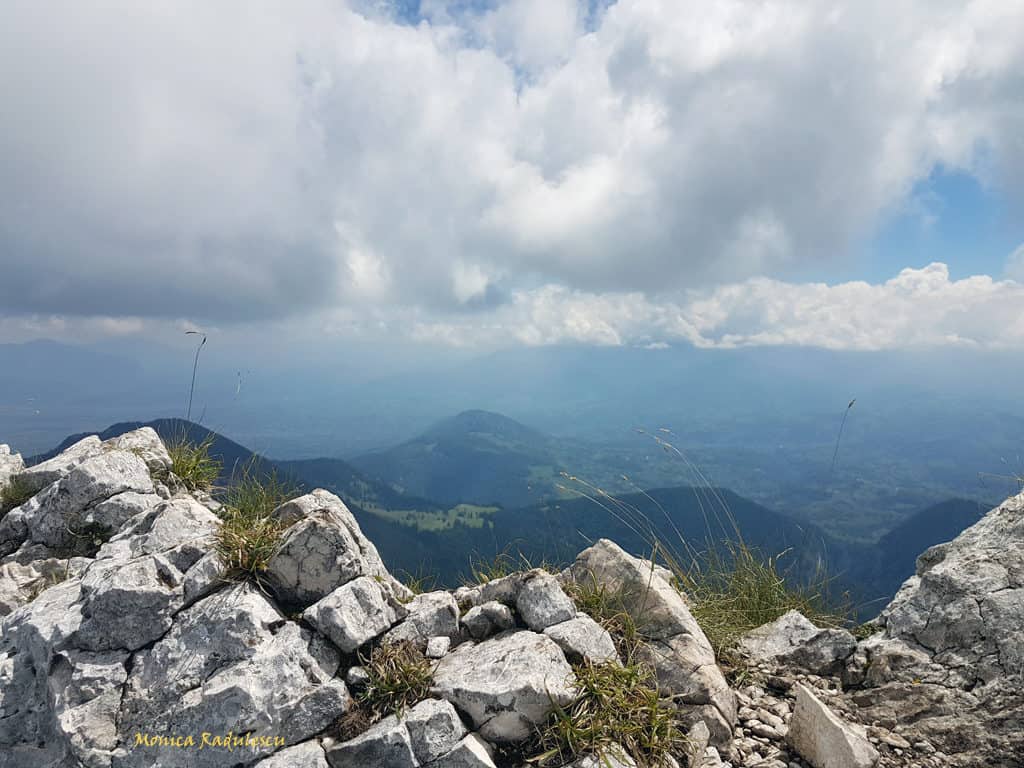For those who love mountains, it isn’t a that mountain photography is challenging. Logistic isn’t easy as it is, but adding the weight of the photo gear and time to take the perfect picture makes it even harder. Mountain photography is unique. The majesty of the landscape is indeed inspiring. Still, sometimes the result is far from being majestic. Frustration and disappointment are common among people who do photography in the mountains. Here are some simple steps that will help you have both a great trip and a great photo session.
Pack light gear
You won’t need every single lens you have. You also won’t need all the filters and the accessories. You will need a solid backpack, batteries and memory cards, a very small and light tripod, and one or two lenses. Use medium range lenses like 50 mm. Also, you can take a single lens that will give you a larger range (18 – 55 mm, 55 – 200 mm, etc.). Keep in mind that mirrorless cameras weigh less than a DSLR. Also, you can consider taking pictures with a compact camera or even a smartphone. Sometimes, all you need is an eagle eye, inspiration, and good weather. Don’t be too attached to your studio gear.
Use the rule of thirds
The rule of thirds is very used in all types of photography. Nevertheless, in mountain photography, it is extremely important. The vast landscape cut in the wrong proportions will lose the public’s attention. Divide the picture using the rule of thirds and place the sky in the upper third, the background in the middle third, and the foreground in the lower third.
Use a deep depth of field
A deep depth of field keeps the entire image in focus. This is the perfect option when you are taking pictures of the mountains. You want to achieve a tridimensional effect that will allow your public to understand distances and enjoy the view. Besides, there isn’t anything that deserves to be blurred in a mountain landscape. To get a deep depth of field use a small aperture (f/16 or smaller).
Give a sense of proportion
With mountains is easy to lose the sense of proportions. Or even to intentionally work it in the wrong direction. Don’t use wide lenses because they will minimize the greatness of the mountains. Let the mountain be the subject of your picture and give it the right importance. Shoot from low positions in order to emphasize its size. A simple imagination game can help you properly frame your pictures: imagine you hug the mountain in front of you. If you can embrace it and feel comfortable you are in the right spot.
Side lighting
Mountains look better when the light comes from left or right. They become colorful and sharp. If you aim for the golden hour you can achieve exquisite glowing and shapes. But if you stay to see the sunset, be aware that a night trip in the mountains is dangerous and plan your photo session wisely.

